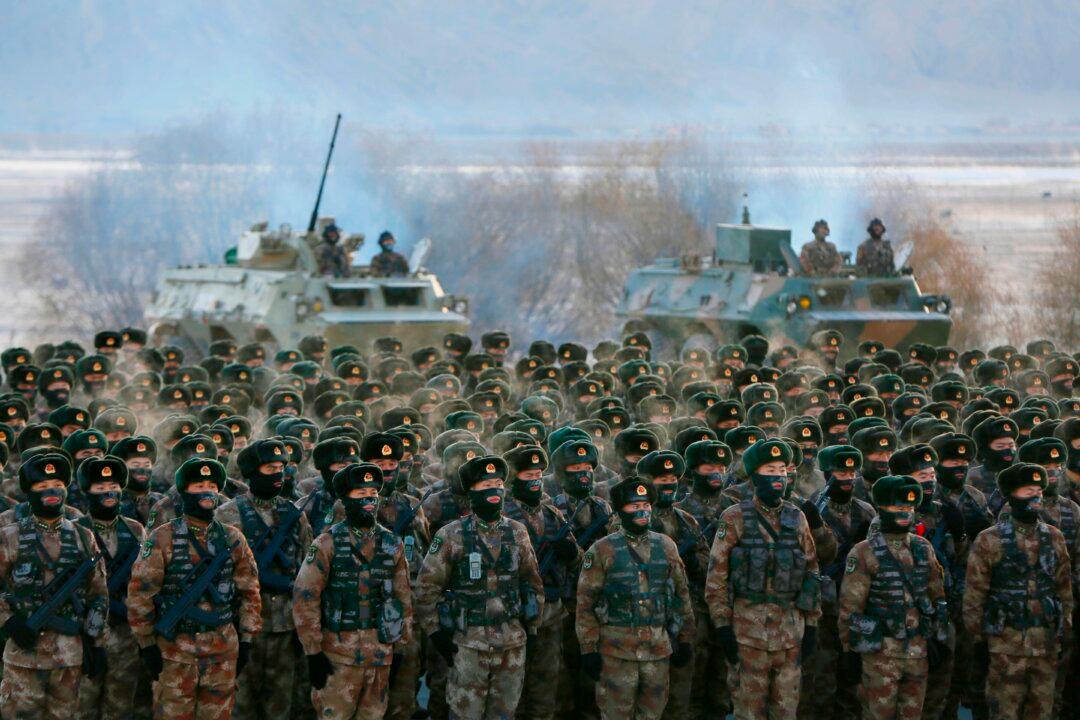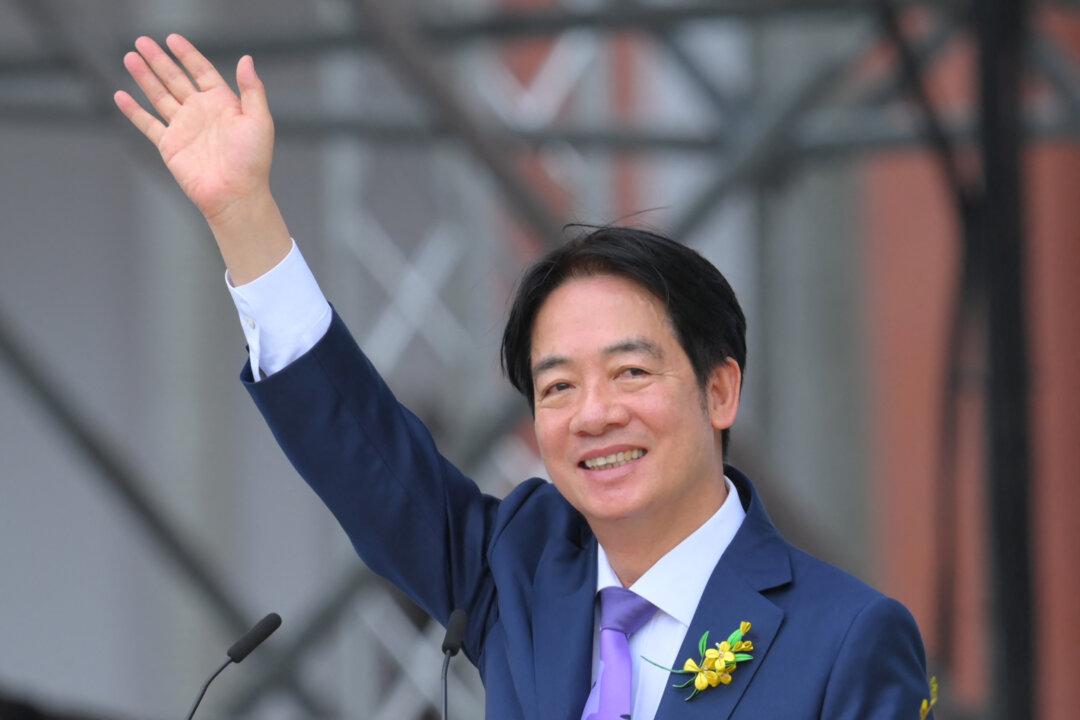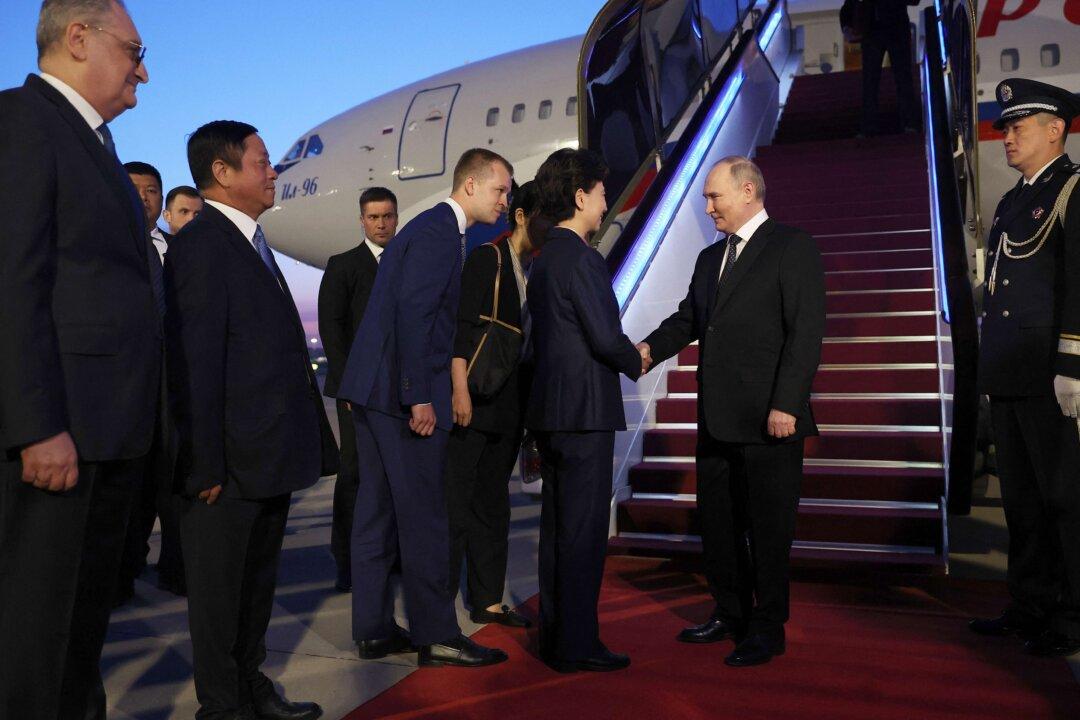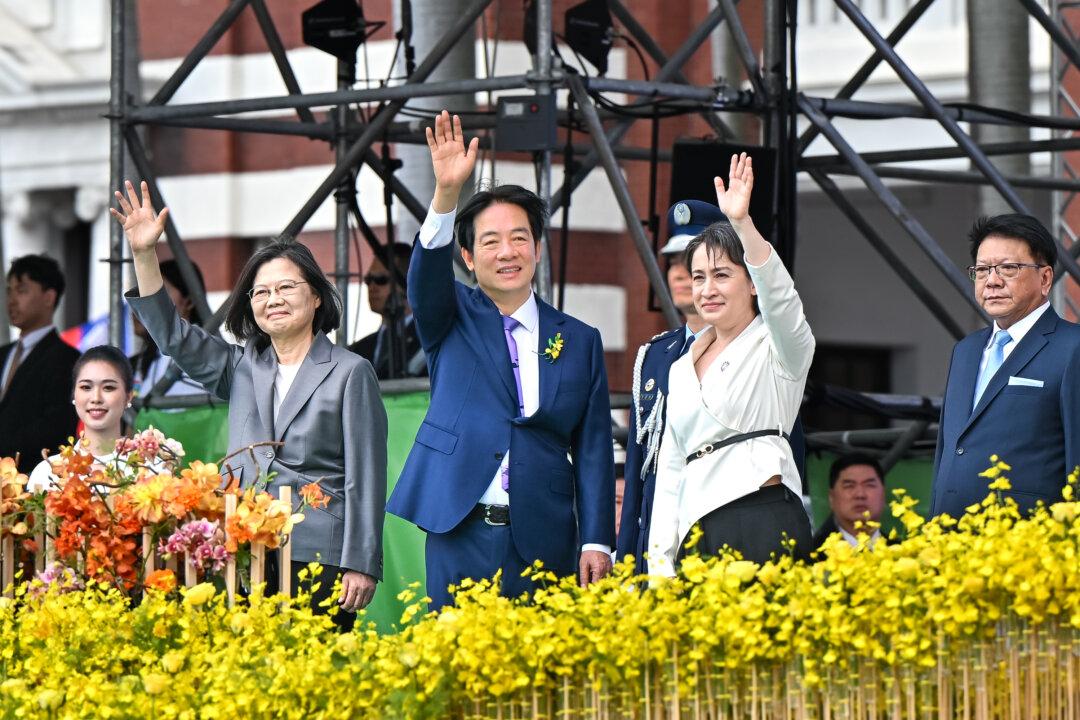Operation Downfall was the U.S. code name for invasions of Japan: Operation Olympic, the invasion of southern Kyushu in November 1945, and Operation Coronet, the invasion of Honshu in 1946. Today, the United States must begin planning for Downfall 2.0, the fall of the Chinese Communist Party (CCP).
The focus of Downfall 2.0 should be in the realm of political warfare so that the CCP may be defeated without resorting to kinetic warfare, although the United States and its allies must be prepared to wage kinetic war if necessary.
One of the central objectives of Downfall 2.0’s political warfare strategy must be to show the weaknesses of the Chinese regime and how it might be overthrown. Illuminating these weaknesses is significant for four reasons.
First, the most effective strategy to defeat the CCP’s aggressive ambitions and preserve U.S. and allied national security interests and the liberal international order is to target the CCP’s demise—but that also presents new challenges for the United States. A legitimation crisis for the CCP is at hand because of the weakening of the Chinese economy; great popular dissatisfaction with the CCP’s rule, which was well present before Beijing’s draconian “zero-COVID” policy; and the increasing totalitarian headlock that CCP leader Xi Jinping has on the Party and thus the Chinese people.
However, the form of the CCP’s demise—its rapidity and mechanics—also poses a grave strategic problem for U.S. interests and security. Much depends upon how the Chinese regime ends. U.S. national security decision-makers must understand why the CCP may fall—and earlier than most analysts would anticipate, Downfall 2.0 may be needed very soon—and so prepare U.S. and allied governments for this outcome.

Second, by accurately identifying the CCP’s weaknesses, policies may be developed that assist its fall and permit the U.S. and allied governments to prepare for its demise. Particularly relevant are the missions that the United States and its allies will have to execute in post-communist China. There will be many matters to address, but above all, the United States must employ missions that assist the Chinese people and ensure that all of China’s weapons of mass destruction are secured.
At the same time, the United States and allied governments must understand the profound U.S. limitations in causing the CCP’s fall from power. The end of the CCP will be caused by the Chinese people. However, there are more probable paths to the fall of the CCP, including an ideological crisis of legitimacy or the development of Chinese civil society. While the fall of the CCP isn’t likely to result from actions that the United States can compel, Washington may contribute to identifying policies to advance them to produce an outcome as favorable as possible to U.S. national security interests.
Third, understanding and applying the lessons of history regarding how previous communist regimes came to power and how they have fallen permits a broader comprehension of the CCP’s illegitimacy and how previous ideologies and regimes were overthrown without great power kinetic conflict. If Downfall 2.0 is successful and the CCP falls, then China enters a period of humanitarian crisis and the possibility of chaos. Democrats in Hong Kong and Taiwan will likely have key roles in transitioning to a post-communist government.
Fourth, as the CCP targets the United States and its key allies, targeting the CCP by rejecting its legitimacy and planning for a post-communist China is an appropriate U.S. response. It demonstrates a resolve to Party leaders that the United States will fight in the realm of political warfare and target the center of gravity—the CCP itself. Engaging in political warfare also signals that it is determined to cause its downfall, which places the Party under pressure because it understands, at the root, that it’s illegitimate.
In essence, targeting the CCP is an important asset for the United States in the current cold war. At the same time, U.S. decision-makers must understand that long-term security competition in East Asia will be greatly impacted by the CCP’s fall, as China will remain a great power and have competing interests with other regional and great power actors. North Korea, South Korea, Japan, India, Russia, the Philippines, Vietnam—and even Taiwan and the United States—will have interests that will conflict. Indeed, the Koreas, Russia, or India might be incentivized to pressure China to yield on territorial disputes.
Accordingly, the United States will face a multipolar Asia with significant centers of economic and military might—China, India, Japan, South Korea, and Russia—and so it’s essential to identify U.S. national security interests in the Indo-Pacific.
The objective of Downfall 2.0 is the CCP’s fall. Were it to occur, it would bring the tremendous joy of liberation for the Chinese people, and Americans and all the world’s people would join in their celebration. One of history’s most odious and aggressive regimes will finally have fallen. As wonderful as this is, the CCP’s fall will create identifiable challenges for the United States. Identifying how the CCP may fall is centrally important to comprehend so that the CCP threat may be terminated on grounds favorable to U.S. interests, and to understand how the United States will secure its national security interests in the Indo-Pacific.
It’s essential to perceive the CCP threat accurately, including its vulnerabilities, as Sino–American security competition increases in intensity and in the urgency of a timely U.S. response. If the United States can’t directly cause the CCP’s fall, it can plan for this outcome and assist those who are able to bring about Downfall 2.0.







